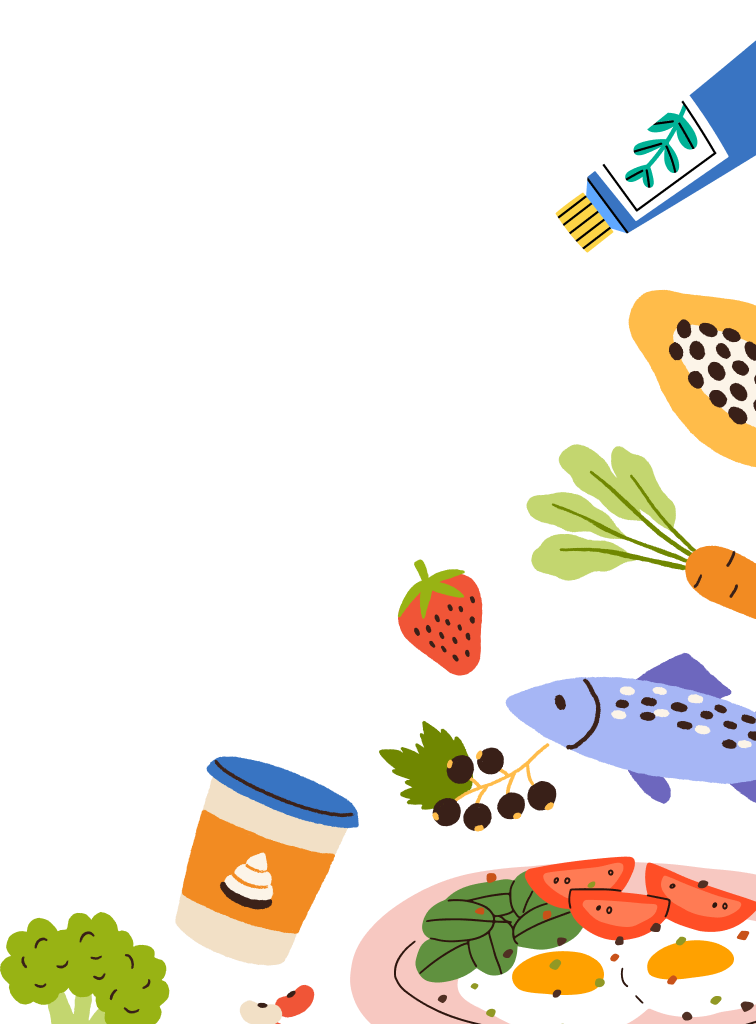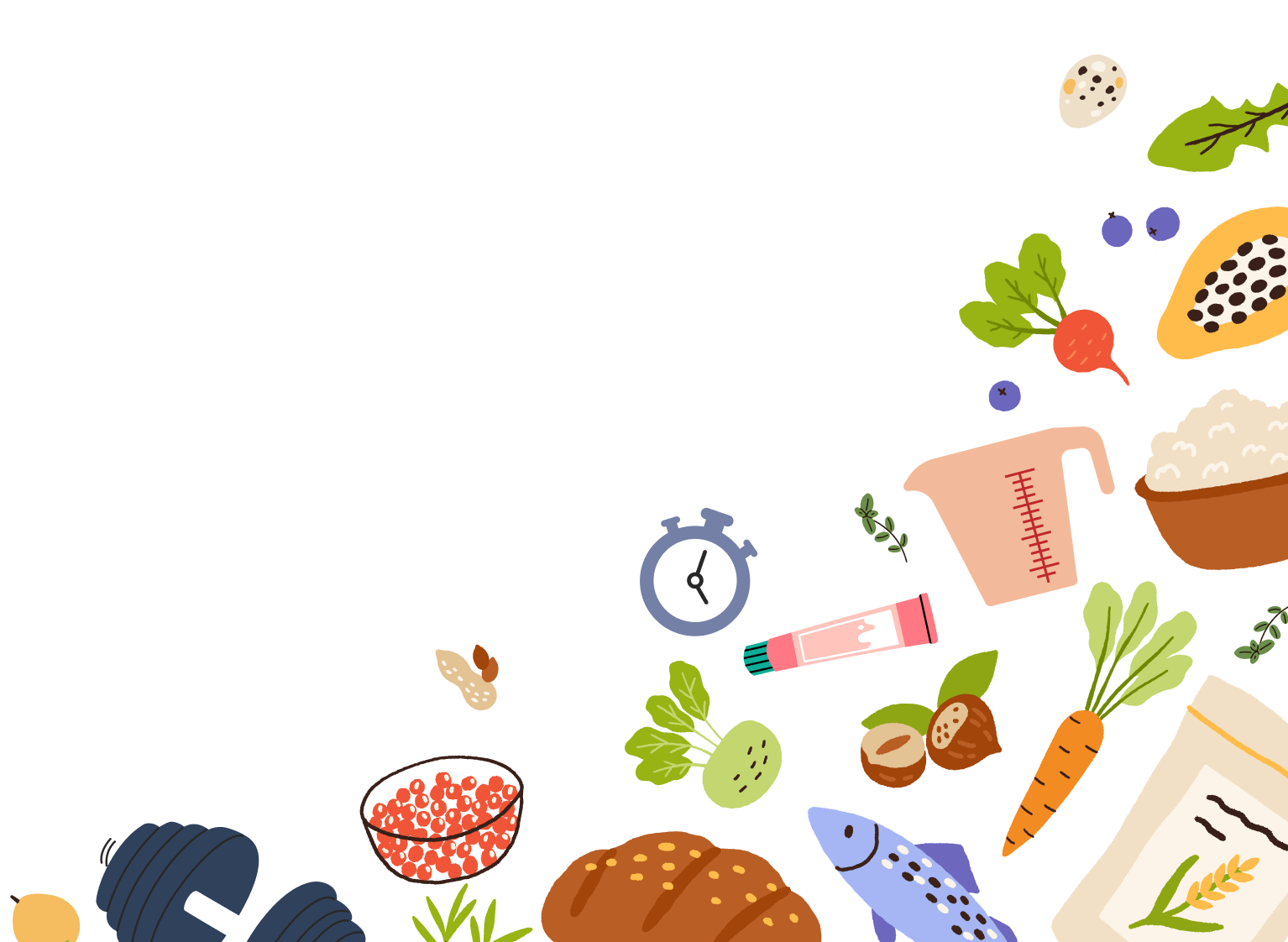Boosting Fiber Intake for IBS Relief: Why It Matters for Gut Health
Unless you are really trying…you’re probably not getting enough.
One of the most common symptoms of Irritable Bowel Syndrome with constipation (IBS-C) or mixed type (IBS-M) is—you guessed it—constipation. For many people, consistency with fiber intake may be the key to finding relief. Constipation is one of the most frequent gastrointestinal complaints in the United States. Since the GI tract is highly sensitive to dietary fiber, increasing your intake can play a major role in relieving and preventing constipation.
How Much Fiber Do You Really Need?
The current dietary fiber recommendations are:
-
Adult women: 21–25 grams per day
-
Adult men: 30–38 grams per day
Despite these guidelines, the average American only consumes around 15 grams daily—well below the target. That gap could be one of the reasons constipation is so widespread. The best sources of fiber include fruits, vegetables, legumes, nuts, and whole grains.
Understanding Dietary Fiber: Soluble vs. Insoluble
When you check a nutrition label, fiber is listed as dietary fiber under total carbohydrates. This includes both soluble and insoluble fiber, each with unique benefits:
-
Insoluble fiber – Made from plant cell walls, it doesn’t dissolve in water. It helps bulk up stool and speeds movement through the intestines, often nicknamed “Nature’s Drano.”
-
Soluble fiber – Dissolves in water, helps stabilize blood sugar, and may lower cholesterol. The American College of Gastroenterology recommends soluble fiber for people with IBS since too much insoluble fiber may worsen colonic fermentation.
Practical Tips to Increase Your Fiber Intake
Here are some realistic ways to boost your daily fiber and support better gut health:
-
Increase fiber slowly and drink plenty of water—fiber can’t do its job without fluids.
-
Swap in legumes (like lentils, black beans, or pinto beans) for meat 2–3 times a week. One serving contains about 5 grams of fiber.
-
Low FODMAP option: Try soups like roasted pumpkin or minestrone, which provide 3–4 grams of fiber per serving.
-
-
Experiment with international cuisines such as Indian or Middle Eastern dishes, which often feature fiber-rich whole grains and legumes.
-
Choose whole grains such as brown rice pasta or high-fiber cereals for an easy fiber boost.
-
Look for new products like gluten-free, high-fiber tortillas to add variety to your meals.
-
Centers for Disease Control and Prevention. (2024, January 19). Fast facts: Data on water consumption. Centers for Disease Control and Prevention. https://www.cdc.gov/nutrition/php/data-research/fast-facts-water-consumption.html
-
Ellis, E. (2020, November 3). Dietary fiber. Academy of Nutrition and Dietetics: eatright.org. https://www.eatright.org/food/vitamins-and-supplements/nutrient-rich-foods/fiber
-
Fiber • The Nutrition Source. The Nutrition Source - Harvard Chan School. (2022, April). https://www.hsph.harvard.edu/nutritionsource/carbohydrates/fiber/
-
Interactive nutrition facts label. Interactive Nutrition Facts Label. (n.d.). https://www.accessdata.fda.gov/scripts/InteractiveNutritionFactsLabel/#intro
-
Lacy, B. E., Pimentel, M., Brenner, D. M., Chey, W. D., Keefer, L. A., Long, M. D., & Moshiree, B. (2021). ACG Clinical Guideline: Management of Irritable Bowel Syndrome. The American journal of gastroenterology, 116(1), 17–44. https://doi.org/10.14309/ajg.0000000000001036
-
Reynolds, A., Mann, J., Cummings, J., Winter, N., Mete, E., & Morenga, L. T. (2019, February 2). Carbohydrate quality and human health: A series of systematic reviews and meta-analyses . The Lancet. https://www.thelancet.com/journals/lancet/article/PIIS0140-6736(18)31809-9/fulltext
-
U.S. Department of Health and Human Services. (2017, November). Definition & Facts for irritable bowel syndrome - NIDDK. National Institute of Diabetes and Digestive and Kidney Diseases. https://www.niddk.nih.gov/health-information/digestive-diseases/irritable-bowel-syndrome/definition-facts
-
What are gastrointestinal (GI) diseases?. Cleveland Clinic. (2025, August 19). https://my.clevelandclinic.org/health/articles/7040-gastrointestinal-diseases






















Comments
Join The Conversation...